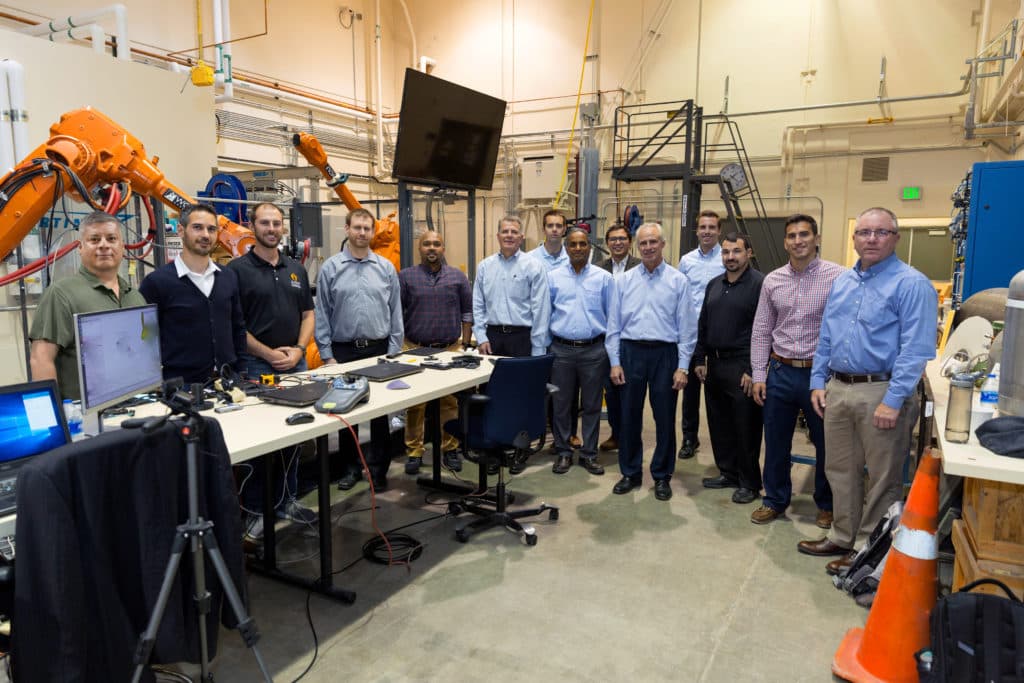Background of the Robotic Finishing and Sanding Project
This robotics project was selected as an ARM Institute Quick Start Project. The project was selected through the original proposal to create the ARM Institute, rather than a traditional Project Call.
This project sought to innovate the robotic finishing and sanding industry through the creation of a low-cost, reconfigurable robotic finishing system that could be used for multiple applications upon completion of finishing work.
Objective of the Robotic Finishing and Sanding Project
This project addressed the critical challenges of Robotic Sanding and Finishing (RSF) by focusing on the shortcomings of existing RSF systems, which are only applicable for low production volumes with simple part geometries, and high production volumes in which trajectories are manually generated and tediously refined. The objective of this project was to develop a robotic sanding system that is easily reconfigurable and an order of magnitude lower in cost than currently available robotic finishing and sanding systems.
Specific objectives of the project included:
- Reduce manual touch labor
- Increase repeatability and consistency
- Reduce costs and increase speed
- Sanding to high levels of precision
Technical Approach for the Robotic Finishing and Sanding Project
Resulting CDIP from this project is expected to be created in the areas of:
- Process tools
- Setup and planning methods
- Control
Participants in the Robotic Finishing and Sanding Project
Lockheed Martin (Principal Investigator), Texas A&M University, University of Southern California

